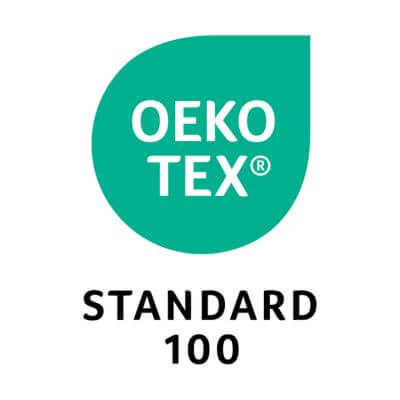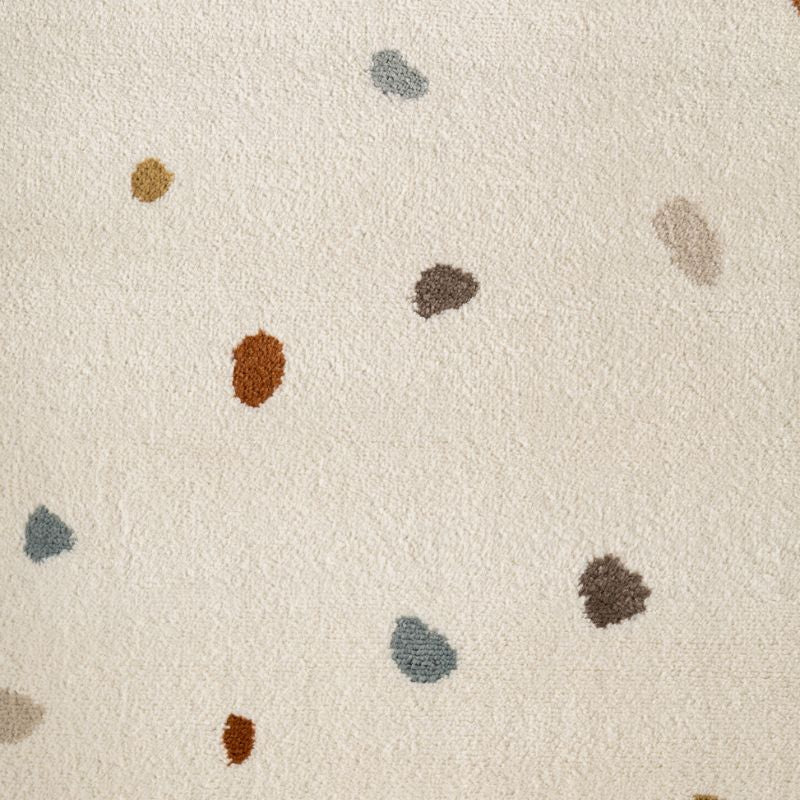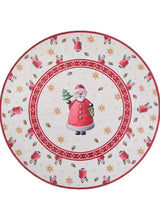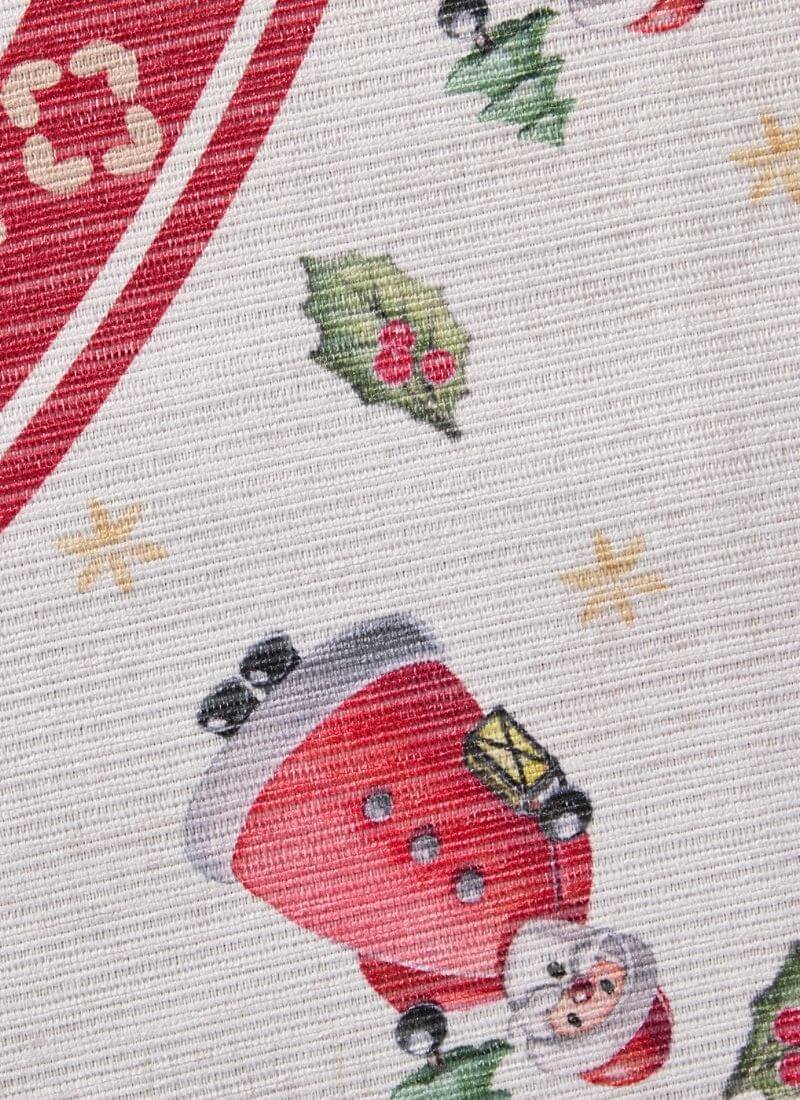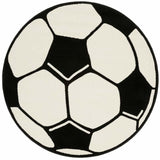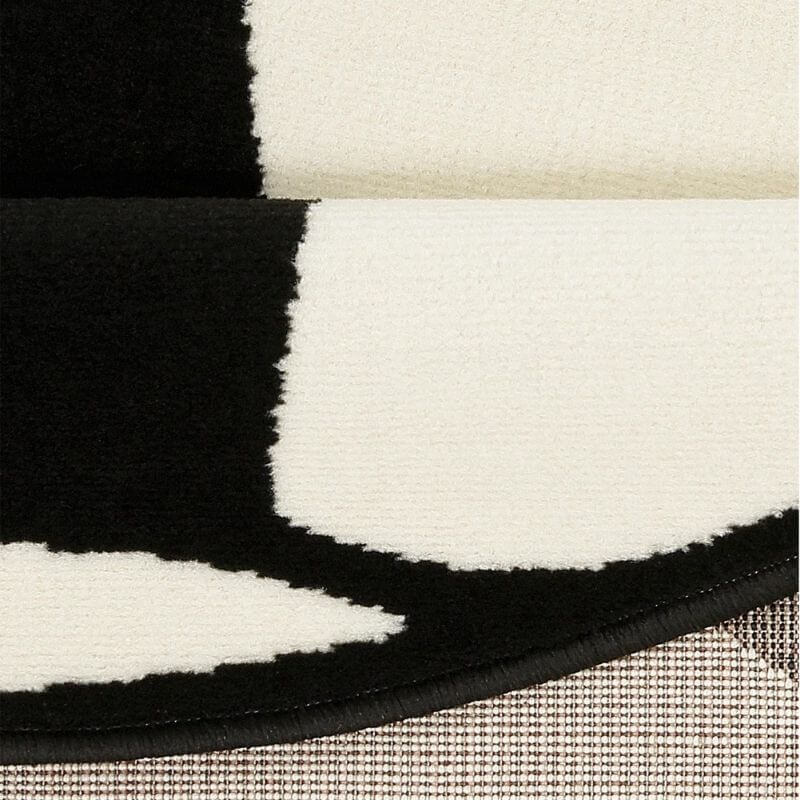Round Nursery Rugs: The Perfect Addition to Your Baby's Room
Choosing a round nursery rug for your baby's room is an important decision that combines style, functionality, and comfort. Round nursery rugs not only add a soft, playful touch to the decor but also provide a cosy surface for your little one to explore and play. This guide will help you select the ideal round nursery rug for your baby's space.
Benefits of Round Nursery Rugs
Round nursery rugs offer unique advantages for your baby's room:
- Soft Edges: The circular shape eliminates sharp corners, creating a safer environment for your baby.
- Versatile Placement: Easy to fit in various spaces, from the centre of the room to awkward corners.
- Visual Interest: The round shape adds a dynamic element to the nursery's design.
- Defined Play Area: Creates a natural, contained space for playtime activities.
- Balanced Aesthetics: Softens the look of a room with many rectangular elements.
Best Materials for Round Nursery Rugs
When selecting a round nursery rug, consider these top materials:
- Wool: Natural, soft, and hypoallergenic, ideal for a baby's sensitive skin.
- Cotton: Breathable, easy to clean, and often machine-washable.
- Microfiber: Plush and luxurious, great for a soft play surface.
- Jute: Adds texture and warmth, suitable for eco-friendly nurseries.
Choosing the Right Size Round Nursery Rug
Selecting the appropriate size for your round nursery rug is crucial:
- Small (3-4 feet): Perfect for accenting specific areas like the changing table or rocking chair.
- Medium (5-6 feet): Ideal for defining a play area or fitting under a crib.
- Large (7-8 feet): Great for covering a significant portion of the room or creating a central focal point.
Where to Place Your Round Nursery Rug
Strategic placement of your round nursery rug can enhance the room's functionality:
- Centre of the Room: Creates a focal point and main play area.
- Under the Crib: Adds warmth and softness around the baby's sleeping area.
- Changing Area: Provides comfort during diaper changes.
- Reading Nook: Defines a cosy spot for storytime.
Maintaining Your Round Nursery Rug
Keep your round nursery rug clean and fresh with these tips:
- Regular Vacuuming: Use a gentle setting to remove dust and debris.
- Spot Cleaning: Address spills immediately to prevent staining.
- Rotation: Turn your round rug periodically to ensure even wear.
- Professional Cleaning: Schedule occasional deep cleaning for longevity.
Should Round Nursery Rugs Have a Rug Pad?
Using a rug pad under your round nursery rug is highly recommended:
- Safety: Prevents slipping and sliding, crucial for a round rug's stability.
- Comfort: Adds extra cushioning for playtime and crawling.
- Protection: Shields both the rug and the floor from wear and tear.
- Noise Reduction: Creates a quieter environment for your baby.
Styling Tips for Round Nursery Rugs
Enhance your nursery's look with these round rug styling ideas:
- Layering: Place a smaller round rug over a larger square one for added texture.
- Colour Coordination: Choose a round rug that complements your nursery's colour scheme.
- Pattern Play: Opt for bold patterns or solid colours to suit your nursery theme.
- Furniture Arrangement: Use the round rug to guide furniture placement in a circular pattern.
Choosing the Perfect Round Nursery Rug
When selecting your round nursery rug, consider:
- Theme Compatibility: Ensure the rug's design fits your nursery's overall theme.
- Durability: Choose a rug that can withstand frequent cleaning and playtime activities.
- Pile Height: Select a pile that's comfortable for your baby to crawl and play on.
- Safety Certifications: Look for rugs certified free from harmful chemicals.
By carefully considering these factors, you can find the perfect round nursery rug that not only enhances your baby's room but also provides a safe, comfortable space for your little one to grow and explore. A well-chosen round nursery rug will create a warm, inviting atmosphere that both you and your baby will love for years to come.
Related Rugs Collections
Area Rugs
Rugs by Room
Round nursery rug
Pink childrens rugs
Blue kids rugs
Small nursery rugs
Related Posts
Home Decoration
Bedroom Ideas
Transform Your Bedroom with Scandi Style Ideas
Bedroom Rug Placement Ideas
Summer Bedroom Design Inspiration
Transform Your Bedroom with Plush Shaggy Rugs
